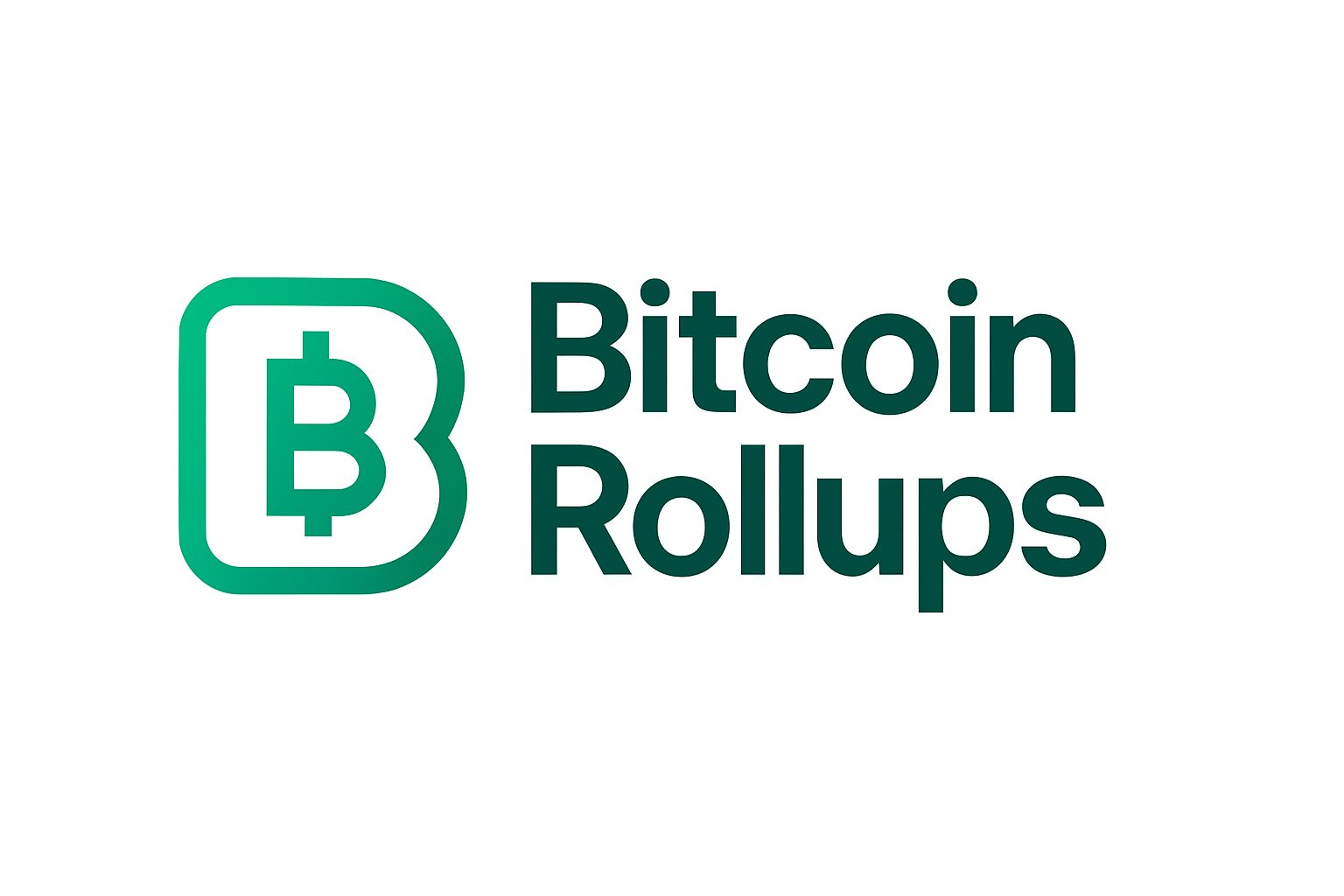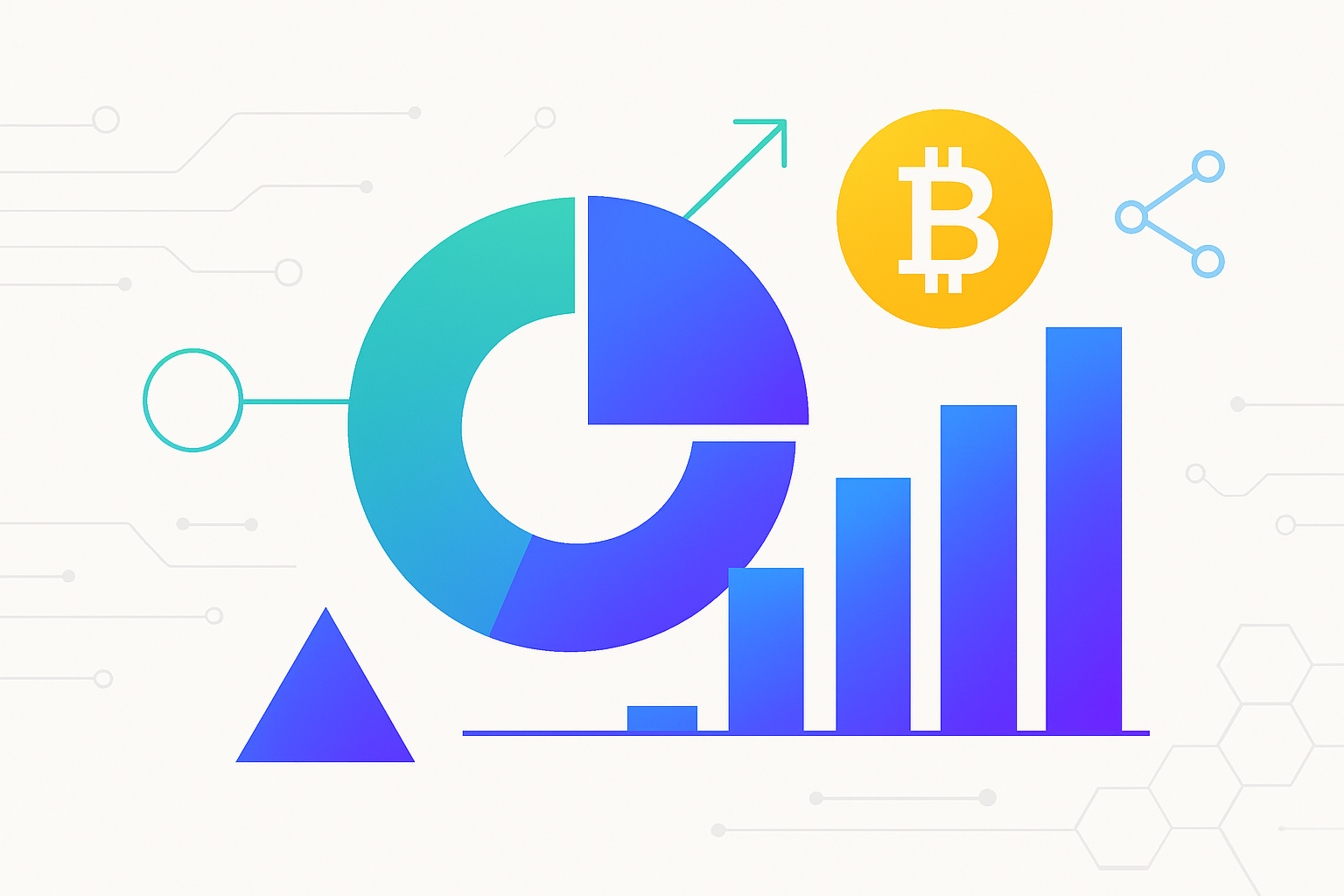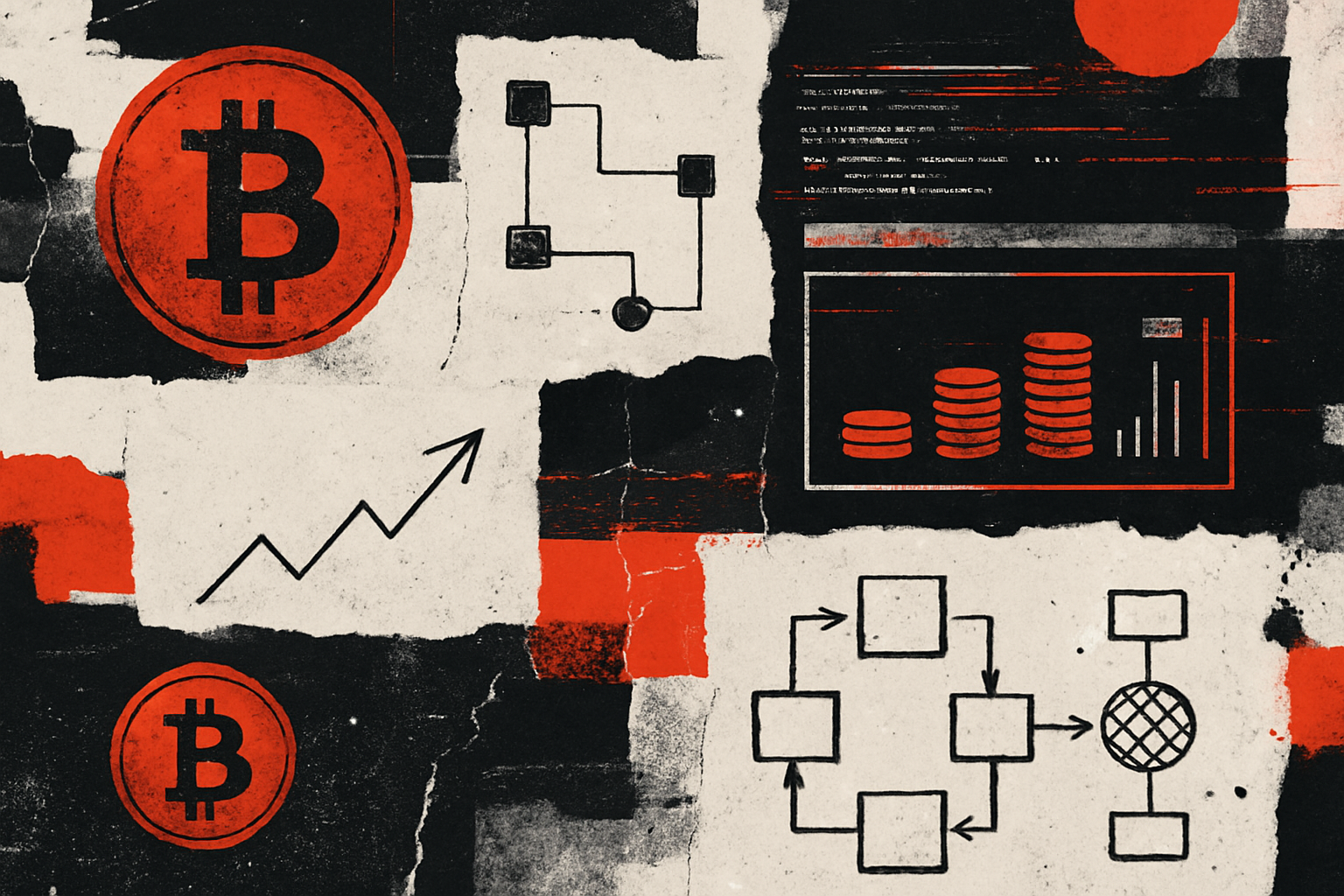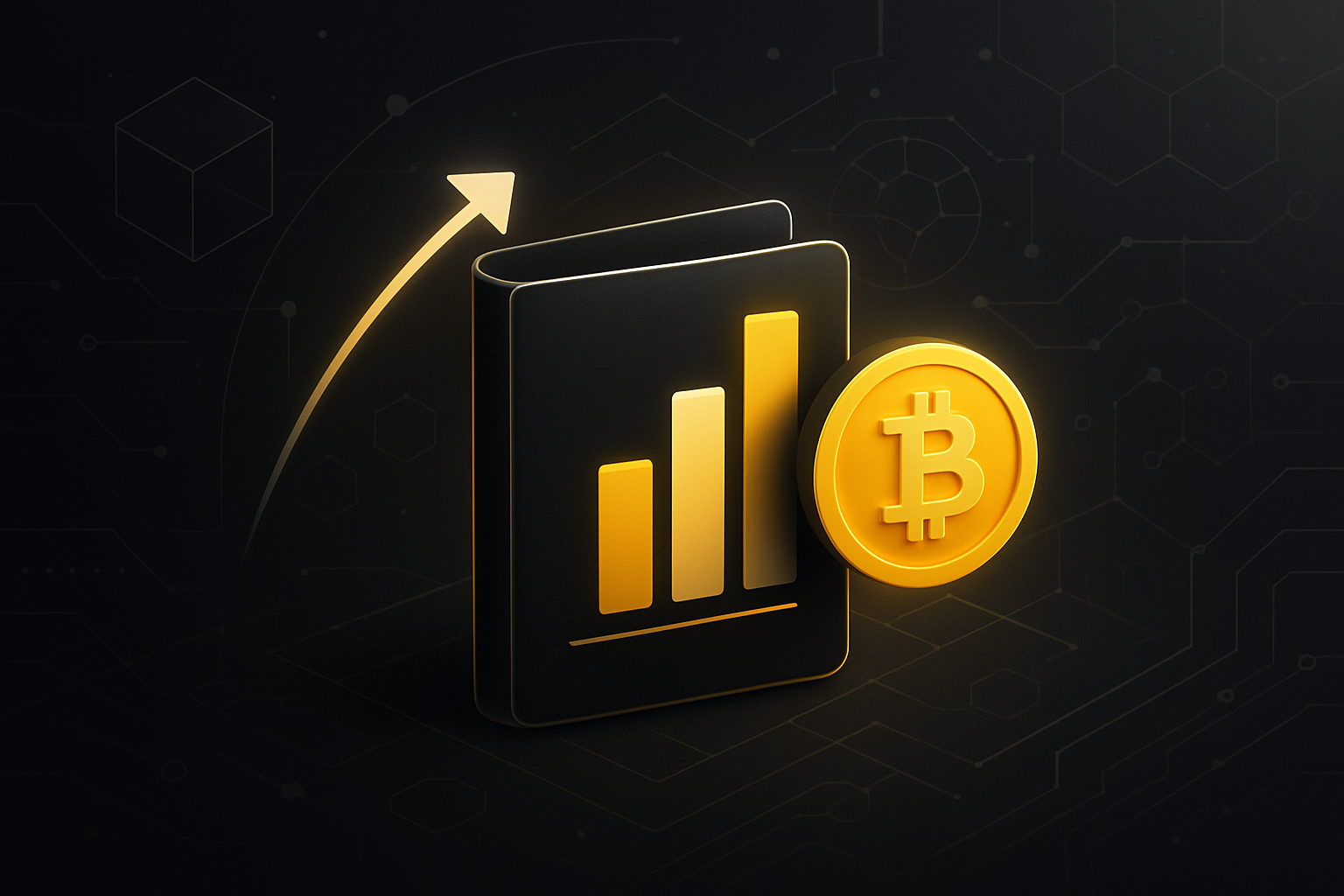
Bitcoin’s evolution from a passive store of value to an active, yield-generating asset has been a persistent challenge for the DeFi ecosystem. Despite Bitcoin’s dominance and current price of $109,433.00, its integration with decentralized finance (DeFi) protocols has historically lagged behind Ethereum and other smart contract platforms. Solv Protocol’s Staking Abstraction Layer (SAL) is changing this paradigm, unlocking true productivity for Bitcoin and enabling BTC holders to access dynamic yield opportunities without sacrificing liquidity or core security.
Why Bitcoin Productivity Matters in DeFi
With over $2 trillion in total market capitalization, Bitcoin remains the world’s most valuable digital asset but is severely underutilized in DeFi. The lack of native programmability and staking options on the Bitcoin network has limited BTC’s role to that of collateral or wrapped assets on other chains. This inefficiency leaves billions in idle capital, missing out on yield opportunities that are routine for Ethereum-based assets.
The rise of SolvBTC Staking Abstraction Layer addresses this gap directly. By abstracting away the complexities of staking across multiple blockchains and protocols, SAL delivers a seamless interface that lets users stake their Bitcoin and receive liquid staking tokens (LSTs) such as SolvBTC. These LSTs can be freely traded or used as collateral across various DeFi ecosystems while still accruing yield from underlying BTC staking activities.
The Architecture Behind SAL: Making BTC Yield Possible
SAL’s design is both modular and robust, featuring several key components engineered for security, transparency, and cross-chain flexibility:
- LST Generation Module: Issues and redeems Liquid Staking Tokens like SolvBTC, ensuring users can move seamlessly between staked positions and liquid markets.
- Transaction Generation Module: Automates the creation and broadcasting of staking transactions to the Bitcoin mainnet, minimizing manual steps for end users.
- Validation Nodes: Independently verify each transaction’s integrity in real time, providing an additional layer of security against double-spending or malicious activity.
- Yield Distribution Module: Transparently calculates and distributes yields to LST holders based on actual protocol earnings across supported networks.
This architecture allows SAL to support multiple flavors of SolvBTC – including SolvBTC. BBN (Babylon), SolvBTC. ENA (Ethena), SolvBTC. Core, and SolvBTC. JUP (Jupiter) – each tailored for specific DeFi strategies or integrations. The result is a composable framework where liquidity is never locked or siloed; instead, it flows efficiently wherever yield opportunities arise.
Bitcoin (BTC) Price Prediction 2026-2031: Impact of SolvBTC and SAL Adoption
Professional Outlook Considering SolvBTC’s Staking Abstraction Layer (SAL) and DeFi Integration
| Year | Minimum Price (Bearish) | Average Price (Base Case) | Maximum Price (Bullish) | YoY % Change (Avg) | Market Scenario |
|---|---|---|---|---|---|
| 2026 | $88,000 | $122,000 | $150,000 | +11.5% | Continued DeFi integration, moderate adoption of SAL, regulatory clarity improves |
| 2027 | $102,000 | $137,500 | $180,000 | +12.7% | BTCFi narrative grows, SolvBTC adoption increases, macro volatility |
| 2028 | $118,000 | $156,000 | $210,000 | +13.5% | Mainstream DeFi participation, new BTC LSTs, increased institutional entry |
| 2029 | $134,000 | $178,000 | $250,000 | +14.1% | Technological advances, cross-chain BTC yield products mature |
| 2030 | $150,000 | $202,000 | $295,000 | +13.5% | Global regulatory harmonization, BTC as major DeFi collateral, robust SAL adoption |
| 2031 | $170,000 | $228,000 | $340,000 | +12.9% | BTC becomes core DeFi asset, new yield products, high institutional demand |
Price Prediction Summary
Bitcoin’s integration into DeFi via Solv Protocol’s SAL and SolvBTC is set to enhance BTC’s utility and unlock substantial new demand. Our base case sees BTC averaging $122,000 in 2026 and reaching $228,000 by 2031, with bullish scenarios potentially pushing prices as high as $340,000. The minimum case reflects potential macro or regulatory setbacks, but the overall trend is upward as DeFi adoption and technological improvements continue.
Key Factors Affecting Bitcoin Price
- Adoption rate and total value locked (TVL) in SolvBTC and similar BTCFi protocols
- Regulatory developments impacting DeFi and BTC staking products
- Macro-economic factors (interest rates, global liquidity, institutional involvement)
- Competition from other LSTs and DeFi staking solutions
- Technological upgrades to Bitcoin and cross-chain infrastructure
- Market cycles and halving events affecting BTC supply/demand dynamics
Disclaimer: Cryptocurrency price predictions are speculative and based on current market analysis.
Actual prices may vary significantly due to market volatility, regulatory changes, and other factors.
Always do your own research before making investment decisions.
Diversifying Yield Streams Without Compromising Liquidity
A core innovation of SAL is its ability to offer diverse yield streams without compromising liquidity – a critical feature for institutional allocators as well as sophisticated retail investors. Through integrations with major DeFi platforms across Ethereum rollups, BNB Chain, Babylon Chain, Jupiter Protocols, and more, SAL lets users deploy their productive Bitcoin into lending pools, automated market makers (AMMs), cross-chain bridges, or even restaking protocols.
This flexibility also supports advanced risk management strategies: users can dynamically rebalance between different LSTs or underlying protocols depending on prevailing APYs or risk profiles while maintaining exposure to Bitcoin’s price action. With BTC currently trading at $109,433.00, this means holders are no longer forced to choose between holding spot assets for upside capture or putting capital at work within DeFi – they can do both simultaneously.
For developers and institutions, the Staking Abstraction Layer also provides a powerful toolkit for building new financial products on top of Bitcoin’s liquidity. By leveraging the composability of LSTs, protocols can create structured products, automated rebalancers, or even permissionless vaults that optimize for yield across multiple networks. This unlocks a new paradigm: productive Bitcoin is now programmable and interoperable at the protocol layer.

Security, Transparency, and Real-Time Yield Distribution
The integrity of SAL’s infrastructure is anchored by its real-time validation nodes and transparent yield distribution mechanisms. Each staking transaction is independently validated before being broadcast to the Bitcoin mainnet, ensuring that user funds are never at risk from protocol-level exploits or double-spending attacks. Meanwhile, all yield calculations are performed on-chain and distributed automatically to LST holders, removing manual intervention or opaque custodial practices.
This approach is especially relevant in today’s market environment where trust-minimized frameworks are essential for institutional adoption. With Bitcoin’s price at $109,433.00, even minor security lapses can have outsized consequences; SAL’s modular validation architecture mitigates these risks while maintaining frictionless user experience.
A New Era for Cross-Chain BTC Liquidity
SAL’s cross-chain capabilities are not theoretical, they’re already operational across leading DeFi ecosystems. Whether deploying SolvBTC as collateral in lending protocols on Ethereum rollups, providing liquidity on BNB Chain AMMs, or engaging with Babylon-anchored restaking solutions, users benefit from seamless asset mobility without ever relinquishing exposure to native Bitcoin value.
This interoperability extends to risk management as well: users can respond instantly to market events by swapping between different SolvBTC variants or moving capital across chains in response to shifting APYs or protocol risks. The result is a highly adaptive Bitcoin DeFi stack, one that aligns with both the fast-moving pace of crypto innovation and the conservative mandates of large-scale asset managers.
The Road Ahead: Scaling Productive Bitcoin with Rollups and zkTech
Looking forward, the integration of SAL with zero-knowledge (zk) rollups and advanced scaling solutions will further amplify Bitcoin’s role in DeFi. zkBTC technologies promise near-instant finality and privacy-preserving transactions while maintaining interoperability with existing LST infrastructure. As more rollup protocols onboard SolvBTC and its derivatives, we expect exponential growth in productive BTC capital within DeFi, unlocking new strategies for both retail users and institutional allocators alike.
The bottom line: Solv Protocol’s Staking Abstraction Layer represents a pivotal leap for Bitcoin as a productive asset class. By abstracting multi-chain complexity, maximizing liquidity utility, and securing real-time yield distribution, all while maintaining exposure to BTC’s current price of $109,433.00: SAL positions Bitcoin at the center of next-generation decentralized finance.







